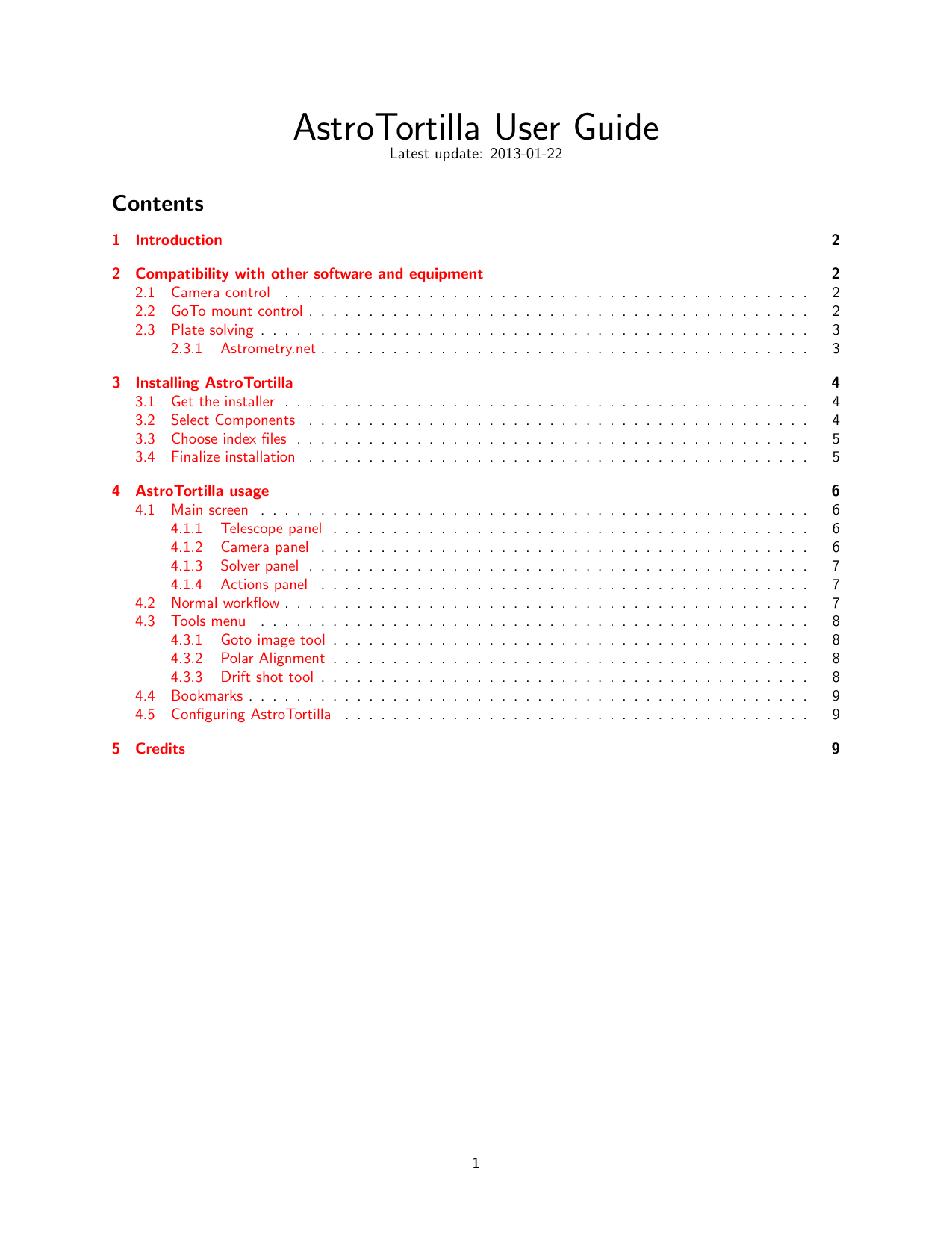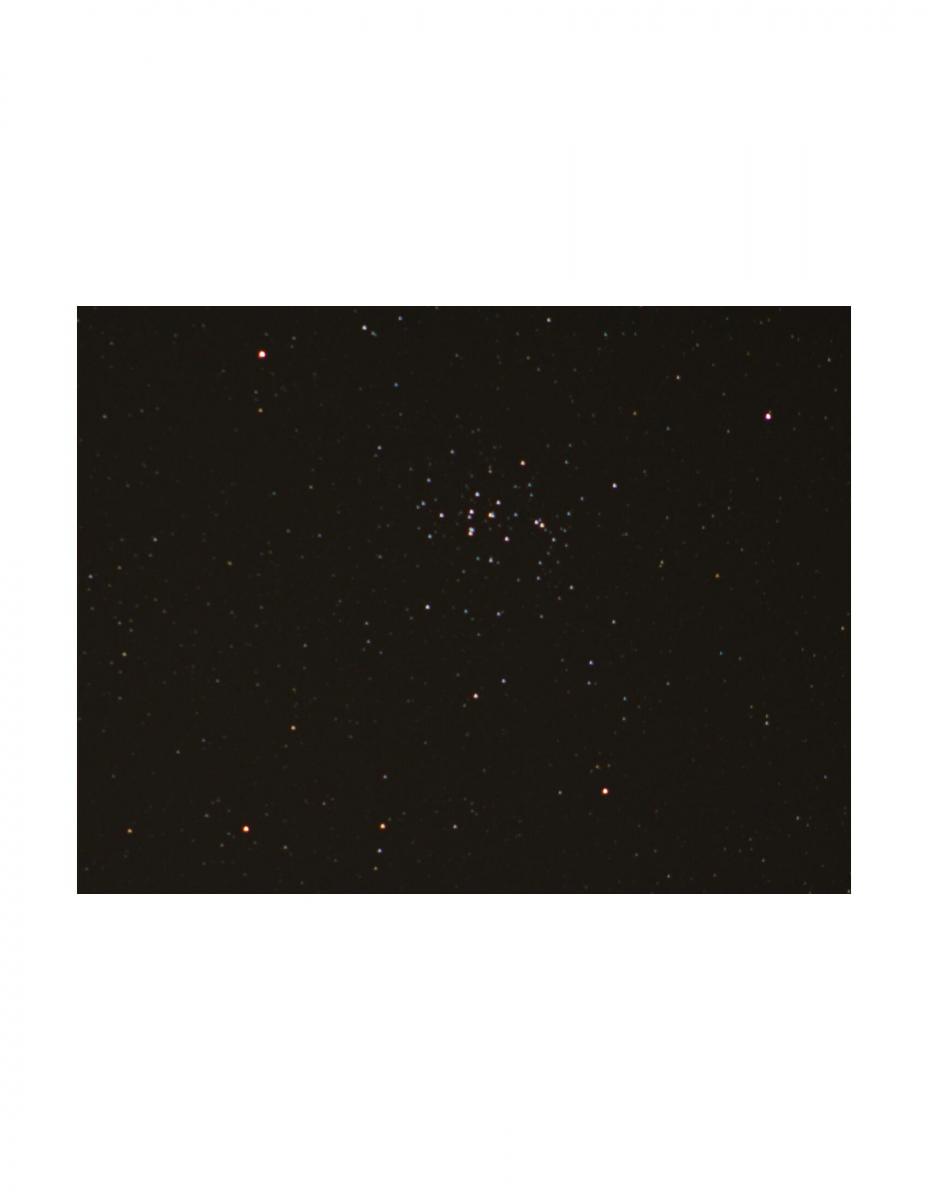

I knew I had at least one significant dust mote on all of my lights, but this was nuts. This was my first time actually shooting flats, and it showed (more on that later).Īfter stacking/integration, I took a look at the final image and…oh, what a mess. To that, I added 15 darks, 15 flats and 51 bias frames. I cranked out 19 subs of 200 seconds each. Since I was already pointed at M45 and there was a gibbous moon high in the sky (and I didn’t have my LP filter in anyway), the Pleiades seemed like the only logical subject to shoot. With guiding working for once, I figured it would be worthwhile to try and actually image a target. If I were only looking at that and not my exposures, I’d have turned everything off and packed it in out of frustration.

My stars rounded out nicely, but my PHD graph was a total mess. I bumped them up according to what I was seeing working for others and, interestingly enough, it seemed to work.
#Accuracy of backyardeos polar alignment software
I made some changes in EQMOD to adjust the PulseGuide parameters evidently the software was set with defaults that were way too low. That should be enough for guiding, right? I found I had round stars at 2 minutes and only very slightly oblong stars at 3 minutes. I finished the polar alignment manually and did a couple test exposures of M45 to check my alignment. Throw that configuration upside down and, well, you know what’s next. It turned off as the mount went fully weights-up I suspect it’s because the AC adapter Orion sold me is shit and sits too loosely in the mount. I tried to use the EDQMOD polar alignment routine, but the mount wouldn’t have it. Last night, I took the gear out to see if I could get everything aligned and get my guiding working. The last exposures weren’t horrible, but the first few were SO much better. As a result, each image was ever so slightly less focused than the previous one. I re-checked focus on bright stars near my target, so I learned that lesson, but this time, I forgot to lock the focuser. I’ll have to look more into that.Īnother thing I know I messed up: Focus. I’m not sure what happened, but my integrated image looked worse than any of the sub-exposures. Additionally, I wanted to improve my flat acquisition.Īs it turns out, I messed up my flats again. First, I had to ensure that my guiding setup was actually working – prove that the last time out wasn’t a fluke. This outing was as much about the target itself as it was about refining some of my imaging methods. Knowing that tonight was going to be the last opportunity for a few days (snow/ice/rain moving in), and seizing the opportunity conferred by a waning moon, I dragged my equipment (and myself) out for a short session on a target I’ve been meaning to visit: The Rosette Nebula – NGC 2244.


 0 kommentar(er)
0 kommentar(er)
